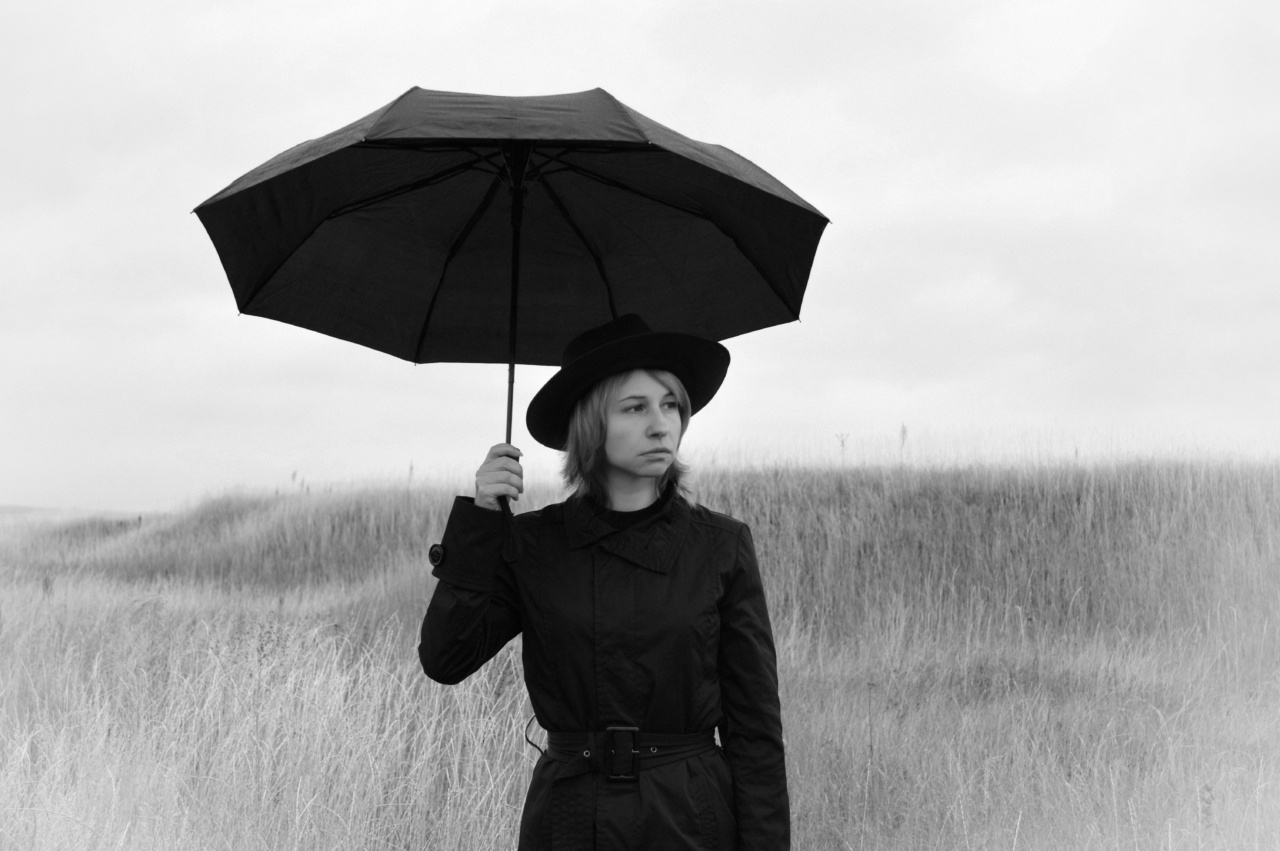Depression affects individuals of all ages, genders, and ethnicities, but research shows that women are twice more likely to be diagnosed with depression than men.
Moreover, women tend to experience seasonal affective disorder (SAD) – a subtype of depression that is triggered by the change in seasons. In this article, we will discuss some of the reasons why women may be more vulnerable to depression during certain seasons.
1. Hormonal Changes
Women undergo significant hormonal changes throughout their life, including puberty, menstruation, pregnancy, and menopause. These hormonal changes can affect mood, behavior, and emotional regulation.
Therefore, women with a history of depression may experience exacerbation of their symptoms during certain seasons when hormonal changes are more prominent.
2. Light Deprivation
Seasonal affective disorder (SAD) is caused by a lack of exposure to sunlight, which disrupts the body’s natural circadian rhythm.
During winter and fall, days are shorter, and sunlight is scarce, resulting in a reduction of serotonin (a neurotransmitter that regulates mood) and melatonin (a hormone that regulates sleep). This lack of sunlight can be more severe for women who work indoors, have a sedentary lifestyle, or live in areas with limited sunlight.
3. Social Isolation
Social isolation is a significant risk factor for depression, and it is more prevalent during the colder seasons. During winter, outdoor activities are limited, and people tend to stay at home, leading to a sense of loneliness and disconnection.
Women who live alone, have limited social support, or suffer from anxiety may be more vulnerable to depression during winter and fall.
4. Seasonal Stressors
The change in seasons can bring new stressors, such as holidays, colder weather, and family gatherings. Women tend to take on the majority of household and caregiving responsibilities, which can be overwhelming during times of increased demands.
Additionally, women may feel pressure to conform to societal expectations, such as appearing cheerful during the holidays or maintaining an ideal body image during winter.
5. Genetics
Depression has a strong genetic component, and women may inherit a predisposition for developing depression during certain seasons. Studies show that women with a family history of depression are more vulnerable to developing SAD.
6. Existing Mental Health Issues
Women with a history of mental health issues, such as anxiety, post-traumatic stress disorder (PTSD), or bipolar disorder, may be more vulnerable to depression during certain seasons.
These underlying conditions can interact with seasonal changes and lead to exacerbation of symptoms.
7. Vitamin D Deficiency
Vitamin D is a nutrient that is essential for bone health, but it also plays a role in regulating mood. The body produces vitamin D when the skin is exposed to sunlight.
However, during winter and fall, the limited sunlight can result in a vitamin D deficiency, which has been associated with an increased risk of depression.
8. Negative Self-Talk
The way we think about our situation influences our mood and behavior. Women tend to have a higher tendency towards negative self-talk, which can worsen depression symptoms.
During certain seasons when stressors are high, women may experience intrusive thoughts and self-doubt, which can exacerbate depression symptoms.
9. Lack of Sleep
Sleep is important for restoring emotional balance and regulating mood. However, during winter and fall, disruption of the circadian rhythm can lead to insomnia or oversleeping, and sleep quality may suffer.
Women who have chronic sleep problems may be more vulnerable to depression during certain seasons.
10. Seasonal Allergies
Seasonal allergies are common during spring and fall and can trigger depression symptoms, such as fatigue, irritability, and difficulty concentrating.
Women who have a history of allergies or sensitivities may be more vulnerable to depression during these seasons.






























